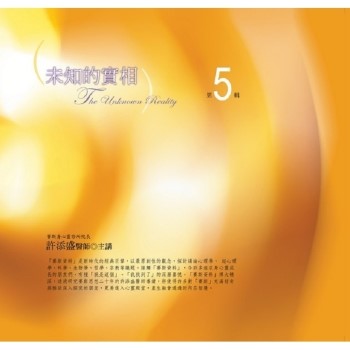Feeling the Gaze explores the visual elements in eight contemporary Argentine and Chilean theater performances. Gail A. Bulman shows how staged images can awaken spectators’ emotions to activate their intellect, provoking nuanced and deep contemplation of social, historical, and political themes. Ranging from simple props, costumes, body movements and spatial constructions to integrated media and digital images, the aesthetic components in these pieces engage to forge multifaceted storytelling, stimulate the public’s relation to memory, and create affective bonds that help build individual and collective social consciousness. Recent innovations in Southern Cone theatre aesthetics have been shifting traditional performance/spectator relationships and animating ideological discussions. The various works presented here give readers a holistic understanding of the emerging prominence of visuality and affect as a vehicle for political advocacy in Latin American theatre and performance. The book asks us to consider the formation of new spectator-performance bonds as authors, directors, and theatre groups increasingly turn toward alternative settings for their work. Lingering visual memories of the performances, together with the feelings that the performative experience stirs up, provide spectators with an enduring focal point through which to reflect on and judge what is "beyond" the performed scenes. Staged live in the Southern Cone and internationally since 2014, these plays demonstrate the transgressive power of the visual to make spectators see, feel, and potentially act against injustices and violence.
This study offers comprehensive critical discussions of Teatro Banda’s O’Higgins: un hombre en pedazos; Teatro Nino Proletario’s Fulgor; Mario, Luiggi y sus fantasmas’s Manual de carrona; Agustin Leon Pruzzo’s En la sombra de la cupula; Teatro la Maria’s Los millonarios; Claudio Tolcachir’s Proximo; Sergio Blanco’s Tebas Land; and Lola Arias’s Doble de Riesgo.
| FindBook |
有 1 項符合
Feeling the Gaze: Image and Affect in Contemporary Argentine and Chilean Performance的圖書 |
 |
Feeling the Gaze: Image and Affect in Contemporary Argentine and Chilean Performance 作者:Bulman 出版社:University of North Carolina at Chapel Hill D 出版日期:2022-08-25 語言:英文 規格:平裝 / 354頁 / 22.86 x 15.24 x 2.01 cm / 普通級/ 初版 |
| 圖書館借閱 |
| 國家圖書館 | 全國圖書書目資訊網 | 國立公共資訊圖書館 | 電子書服務平台 | MetaCat 跨館整合查詢 |
| 臺北市立圖書館 | 新北市立圖書館 | 基隆市公共圖書館 | 桃園市立圖書館 | 新竹縣公共圖書館 |
| 苗栗縣立圖書館 | 臺中市立圖書館 | 彰化縣公共圖書館 | 南投縣文化局 | 雲林縣公共圖書館 |
| 嘉義縣圖書館 | 臺南市立圖書館 | 高雄市立圖書館 | 屏東縣公共圖書館 | 宜蘭縣公共圖書館 |
| 花蓮縣文化局 | 臺東縣文化處 |
|
|
圖書介紹 - 資料來源:博客來 評分:
圖書名稱:Feeling the Gaze: Image and Affect in Contemporary Argentine and Chilean Performance
內容簡介
|








![114年國語文歷年試題解題聖經(十四)113年度[教師甄試] 114年國語文歷年試題解題聖經(十四)113年度[教師甄試]](https://media.taaze.tw/showLargeImage.html?sc=14100120896)


